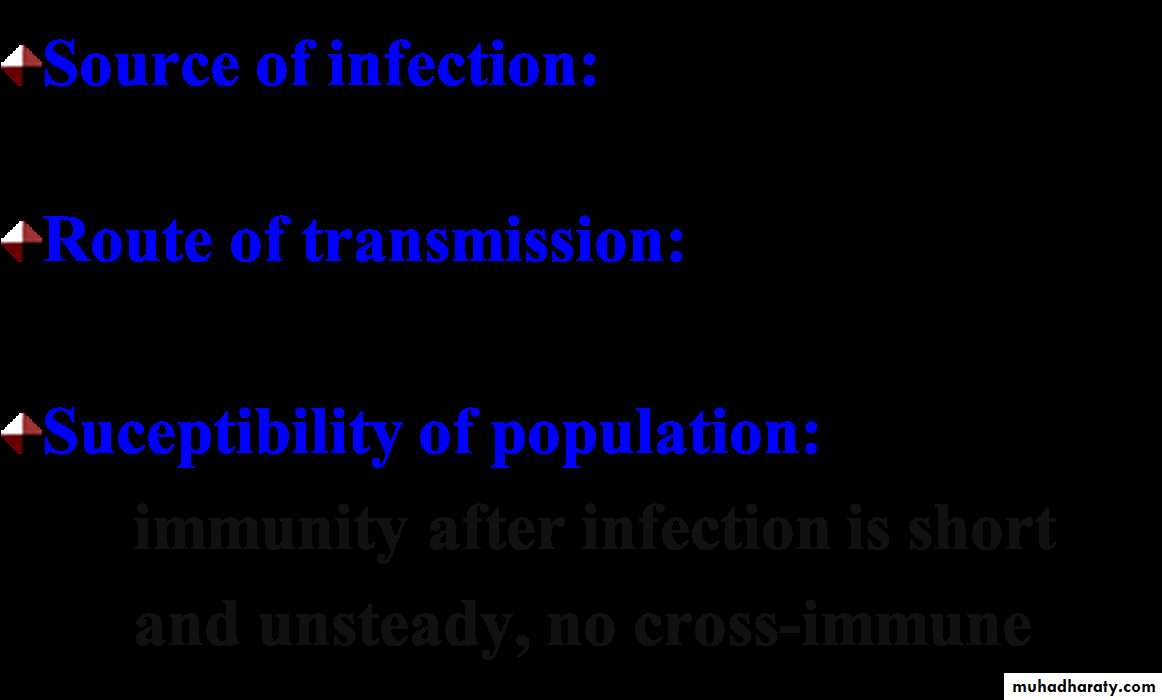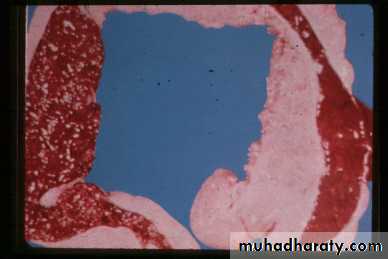Shigellosis
Bacterial dysenteryAcute infectious disease of intestine caused by dysentery bacilli(genus shigella)
Place of lesion: sigmoid & rectumEtiology
S. dysenteriae: the most severeS. flexneri: the epidemic group
and easily turn to chronic
S. boydii: tropical and subon
S. sonnei: the most mild
Epidemiology
Epidemic features:
season: summer & fall
Flexneri, Soneii, dysentery
age: younger children
Pathogenesis
number of bacteria
toxicity
invasiveness
attachment
penetration
multiplication
immunity
Signs and Symptoms
Infectious disease causing diarrhea (bloody), fever, and stomach cramps
Usually resolves in 5-7 days.Children and elderly may have diarrhea so severe they need to be hospitalized.
A severe infection in a child less than 2 may have seizures.
Some show no signs at all, but still pass the Shigella bacteria to others.
Clinical manifestation
Incubation period:
1-2 day, (hours to 7 days)
Acute dysentery
common type
mild type
toxic type
common type: (typical type)
acute onset ,
shiver, high fever
abdominal pain(tenderness)
diarrhea: stool mixed with
mucus, blood & pus
tenesmus,
1 week
chronic dysentery: > 2 months
Laboratory Findings
Blood picture:
WBC count increase,
(10~20×109/L)
neutrophils increase
Stool examination:
gross examination: stool mixed with mucus, blood & pus.
direct microscopic examination:
WBC, RBC, pus cells
bacteria culture:
PCR:DNA
Sigmoidoscopy:
chronic patients
shallow ulcer
scar
polyp
Treatment and Prevention
Can usually be treated with antibioticsThere is no vaccine to prevent shigellosis
Frequent hand washing can help
Food safety and regular drinking water treatment is best prevention
Vegetables could be contaminated by crops harvested from a field with sewage, flies bred in infected feces, and food handlers that are not properly washing their hands








